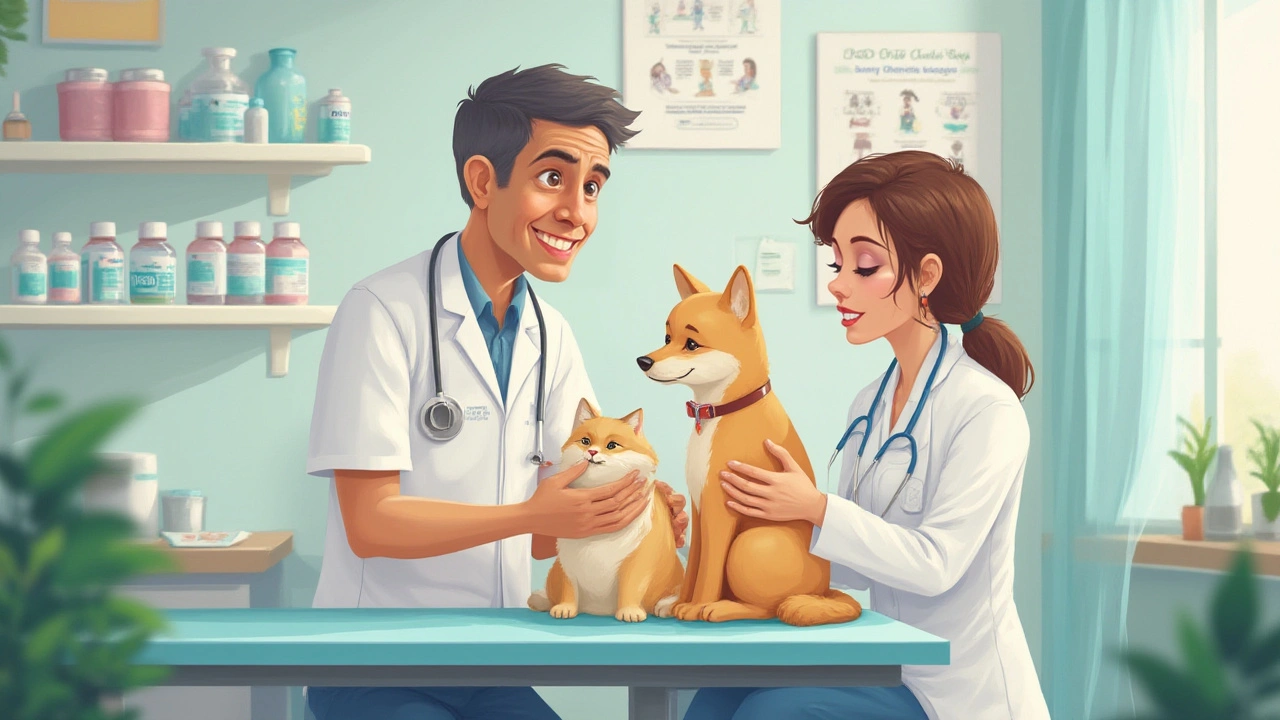Ampicillin Side Effects: Quick Guide
You've been prescribed ampicillin and wonder what might happen after you start taking it. Ampicillin is an old‑school antibiotic that works well for many infections, but like any medicine it can cause reactions. Below you'll get the most common complaints, the warning signs that need a doctor’s call, and tips to keep yourself comfortable.
Common Side Effects
Most people notice only mild issues. The top three are:
- Upset stomach – nausea, vomiting, or a loose bowel movement can show up within a day or two. Eating a small snack before the dose often helps.
- Rash – a red, itchy patch may appear on your arms or torso. It’s usually harmless, but note how it looks and whether it spreads.
- Headache – a gentle throb that improves when you stay hydrated.
Other side effects you might see include mild dizziness, a temporary taste change, or low‑grade fever. They rarely need a medication change, but keep a diary if they bother you.
When to Seek Help
Some reactions are rare but serious. Call your doctor or head to urgent care if you notice any of these:
- Severe rash that blisters, swells, or feels hot to the touch. This could be a sign of an allergic reaction.
- Difficulty breathing, wheezing, or a tight feeling in the chest. These symptoms may indicate anaphylaxis, which needs immediate attention.
- Yellowing of the skin or eyes (jaundice), dark urine, or persistent abdominal pain. Your liver could be reacting to the drug.
- Persistent diarrhea that lasts more than a few days or contains blood. This might be a Clostridioides difficile infection, which requires specific treatment.
If you experience any of these, stop the medication and contact a health professional right away. Even if the reaction feels mild, better safe than sorry.
For most side effects, simple steps can make the ride smoother. Take ampicillin with food unless your doctor says otherwise. Drink plenty of water to keep your kidneys happy. If a rash appears, an over‑the‑counter antihistamine can calm itching, but still let your doctor know.
Don't forget to finish the full course even if you feel better early on. Stopping too soon can let the infection bounce back and may cause resistance.
When you fill the prescription, ask the pharmacist to point out any drug interactions. Some medicines, like certain blood thinners, can clash with ampicillin and raise the risk of bleeding.
Lastly, keep a list of any past drug allergies. Sharing that list with your prescriber helps avoid a repeat reaction.
Bottom line: ampicillin works well for many infections, and most side effects are mild and manageable. Know the signs, act quickly if something feels off, and you’ll stay on track to recover safely.
